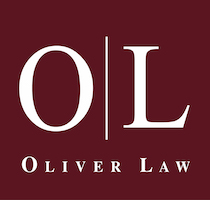
Serving Southern California
Strategic & Creative Legal Solutions
Oliver Law
Trust Administration Consulting Services
Trust administration refers to the trustees’ management of trust property according to the trust document’s terms and for the benefit of the beneficiaries after the settlor’s death. There are many steps required to safeguard effective administration. It is recommended to work with an attorney to help facilitate the process for the trustees throughout the process. In the trustee’s notice to the beneficiaries, they may want to include an estimated timeframe for distribution. Distribution of a trust can take many months. Trust administration starts with mandatory notice to all beneficiaries and the settlors’ heirs. After receiving notice, the beneficiary has a certain amount of days, depending on the jurisdiction, to file a trust contest. If no contest is filed within this time period, the beneficiary may surrender his or her ability to file it. Our firm will guide you along the process to make sure your trust is managed properly.
Trust Administration
Trust Property
Once the real property has been handled, the trustee will need to ascertain all other trust assets, such as bank and investment accounts, and transfer the title of those assets into the trustee’s name as the successor trustee. The trustee needs to first acquire the trust’s federal tax identification number so that any income earned from the accounts in the name of the trust is correctly reported to the IRS.
Trust Accounting
Most jurisdictions require that the trustee keep a detailed accounting of the trust. This involves using trust funds to wind up the decedent’s affairs, overseeing all trust activity, including deposits and distributions from the trust, and reviewing the document to determine the appropriate mode of accounting. The trustee should meet with an attorney at the onset of the administration process to assess the extent of his or her accounting obligation.
Once the assets have been collected, the debts paid, the tax returns filed, and the liabilities fulfilled, the trustee should distribute the remaining trust assets. The terms of the trust document will order how the trust assets should be dispersed among the beneficiaries.
